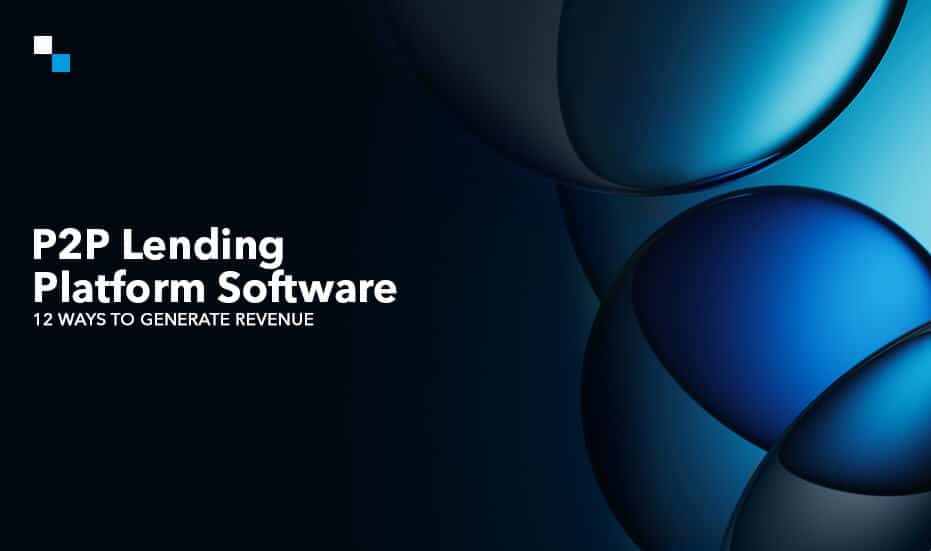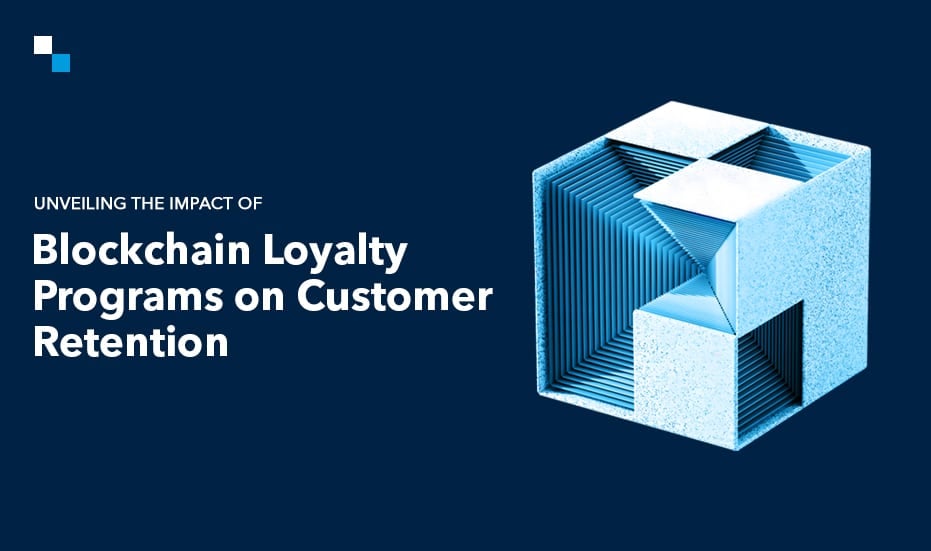
A Deep Dive into Decentralized Sports Betting Protocols
June 11, 2024
Why Augmented Reality is Crucial for the Success of Metaverse Development?
June 11, 2024Peer to peer (P2P) crypto lending platforms have gained significant popularity among businesses and users alike. The growing adoption of peer to peer lending software among users is attributed to the benefits they offer, such as direct lending and borrowing between users, bypassing traditional financial intermediaries and enabling greater financial inclusivity. Similarly, for businesses, peer to lending platforms unlock new revenue generation opportunities that drive their adoption among companies.
If you are a business owner planning to launch your peer to peer lending platform, there are 12 ways you can generate revenue from your platform. Here is an insight into the 12 ways of revenue generation from a P2P lending platform software.
- Interest Spread
The interest spread model is a fundamental revenue source for P2P crypto lending platforms. This model operates on the principle of earning the difference between the interest rate charged to borrowers and the interest rate paid to lenders. For instance, if a borrower is charged a 10% annual interest rate while lenders receive 8%, the platform earns a 2% spread. This model is attractive due to its simplicity and the consistent revenue stream it can generate. - Origination Fees
Origination fees are one-time charges levied on borrowers at the beginning of a loan. These fees include a percentage of the loan amount and are designed to cover administrative costs, credit checks, and platform maintenance. By charging origination fees, peer to peer lending platform software can secure upfront revenue and enhance their cash flow and financial stability. Additionally, origination fees help to compensate for the risk and effort involved in facilitating loans.
- Transaction Fees
Transaction fees represent another significant revenue stream for P2P crypto lending platforms. These fees are charged on every transaction that occurs on the platform, including deposits, withdrawals, and transfers. The transaction fees can be structured as a flat rate or a percentage of the transaction amount. By having a transaction fee model, platforms can ensure that they generate income from the high volume of transactions processed daily.
- Listing Fees
Listing fees are charged to borrowers for posting their loan requests on the peer to peer lending software. This fee can either be a fixed amount or a percentage of the loan amount being sought. Charging listing fees ensures that only serious borrowers use the platform, thereby reducing the number of speculative or non-viable loan requests. For the platform, listing fees provide a steady stream of revenue while helping to maintain the quality and integrity of loan listings. - Membership Fees
Some P2P crypto lending platforms choose to charge membership or subscription fees to users. These fees can be billed on a monthly, quarterly, or annual basis and often grant users access to premium features or services. Membership fees can include benefits such as enhanced analytics, priority customer support, or reduced transaction fees. By offering tiered membership levels, P2P lending platforms can cater to different user segments and maximize revenue from both casual users and high-frequency traders.
- Late Payment Fees
Late payment fees are imposed on borrowers who fail to make their payments on time. These fees serve a dual purpose: they act as a deterrent against delinquency and provide an additional revenue stream for the P2P lending platform software. By enforcing late payment fees, P2P lending platforms can mitigate the risks associated with late or missed payments, thereby protecting their financial interests and those of their lenders.
- Collateral Liquidation Fees
In the event of a borrower default, the platform may need to liquidate the collateral pledged by the borrower to recover the outstanding loan amount. Platforms can charge collateral liquidation fees for this service, covering the costs associated with the liquidation process. This fee not only compensates the platform for the administrative burden of managing defaults but also ensures that lenders are reimbursed promptly.

- Premium Services
Offering premium services is another effective revenue model for the peer to peer lending platform software. Premium services can include faster transaction processing, detailed financial analytics, and personalized financial advice. Users who require these enhanced features are typically willing to pay extra, providing the platform with a lucrative income stream. New premium service offerings also enable the lending platforms to retain their competitive edge and attract a broader user base. - Token Issuance
Many P2P crypto lending platforms issue their own native tokens as part of their revenue strategy. Initial coin offerings (ICOs) or security token offerings (STOs) allow platforms to raise capital by selling these tokens to investors. Additionally, platforms can charge transaction fees in their native tokens, creating an ongoing demand for the tokens and ensuring a steady flow of revenue. Token issuance not only provides immediate funding but also fosters a loyal user community invested in the platform’s success. - Advertising
Advertising offers a substantial revenue opportunity for P2P crypto lending platforms with a large and engaged user base. By selling advertising space to third-party businesses, peer to peer lending software can generate significant income. Many advertisers readily pay a premium to reach a targeted audience of crypto enthusiasts and investors. Additionally, advertising can be tailored to user preferences, enhancing the effectiveness of ad campaigns and increasing revenue potential.
- Partnerships and Affiliates
Strategic partnerships and affiliate programs present another viable revenue model for P2P crypto lending platforms. These platforms can partner with other financial services to offer bundled products and services and earn commissions for referrals. Affiliate programs can incentivize users to bring new customers to the platform, rewarding them with a percentage of the revenue generated from these referrals. Such partnerships and affiliate arrangements can expand the reach of the lending platform and drive additional revenue streams. - Data Monetization
Data monetization involves aggregating and anonymizing user data to sell to third parties for market research and analysis. While this model requires strict adherence to privacy laws and user agreements, it can be highly profitable. Market researchers, financial analysts, and other businesses value the insights derived from user data, making it a valuable asset. By ensuring transparency and securing user consent, P2P lending platform software can leverage data monetization without compromising user trust.
To Sum Up
The revenue models available to P2P crypto lending platforms are diverse and multifaceted, each offering unique advantages and potential challenges. By combining multiple revenue streams, platforms can diversify their income sources, enhance financial stability, and drive long-term growth. The key to success lies in balancing user value with revenue generation, ensuring that the platform remains attractive to both lenders and borrowers while maintaining profitability. As the P2P crypto lending market continues to evolve, peer to peer lending software that innovate and adapt their revenue strategies will be well-positioned to thrive in this dynamic and competitive landscape.



